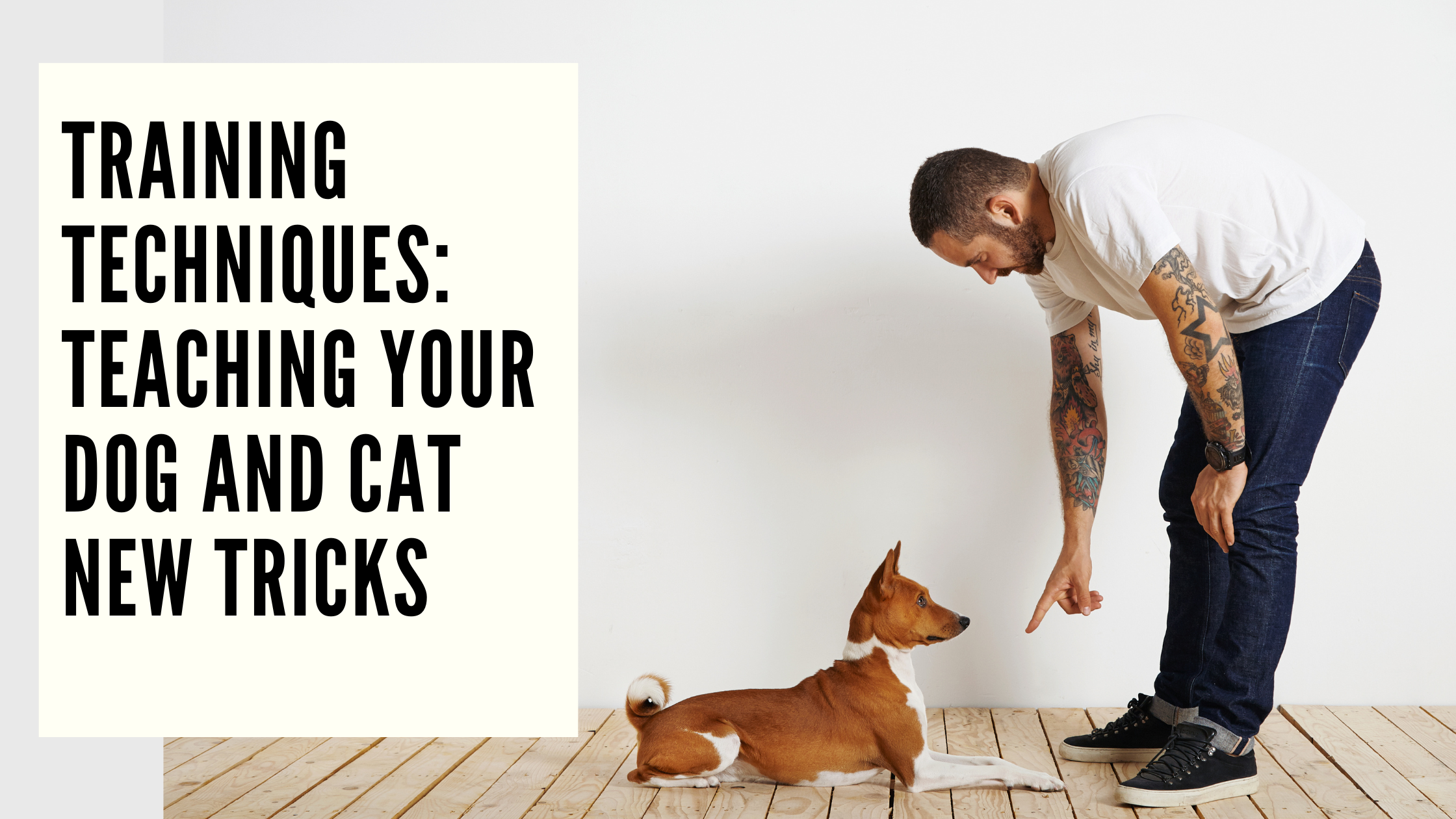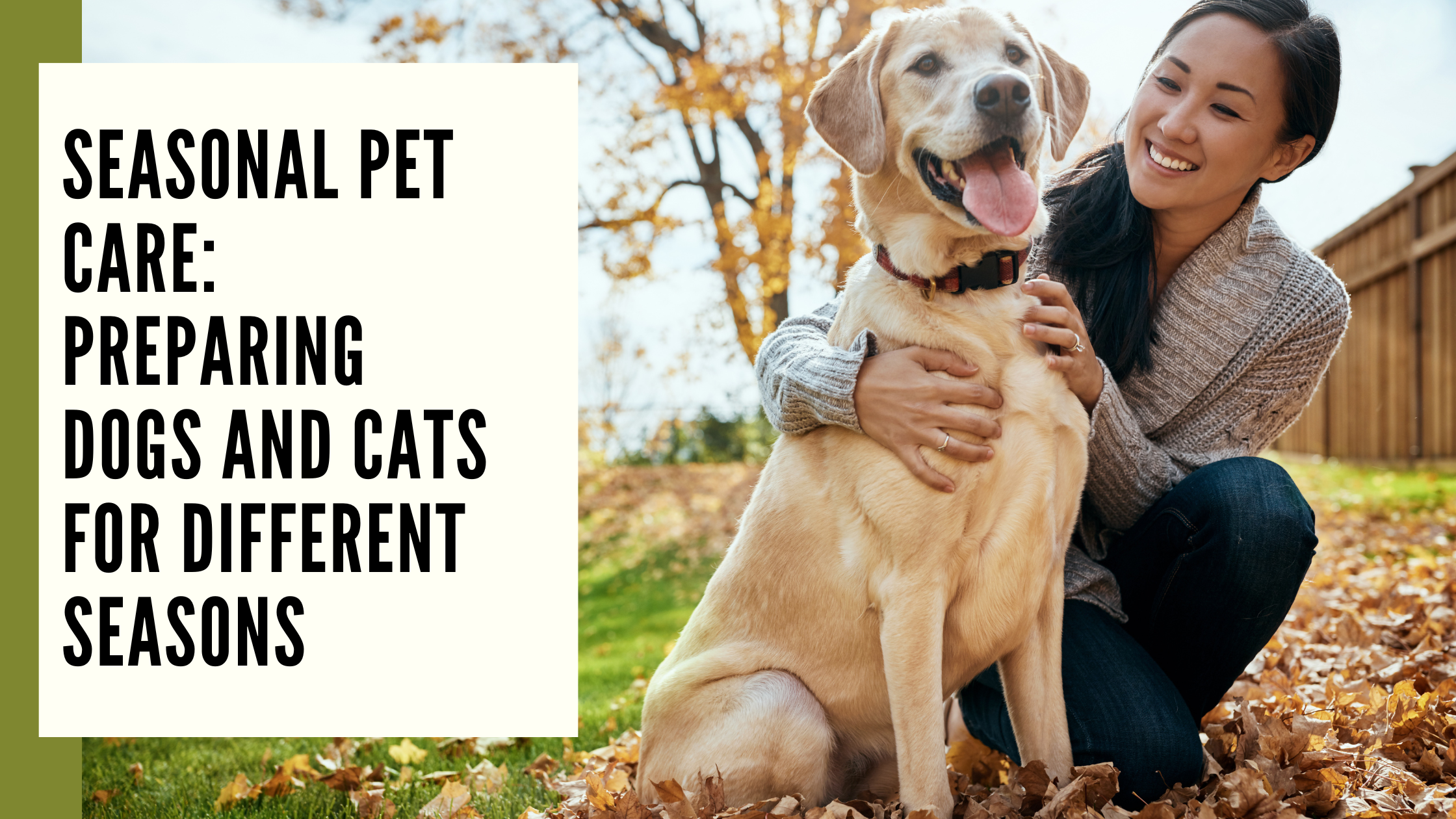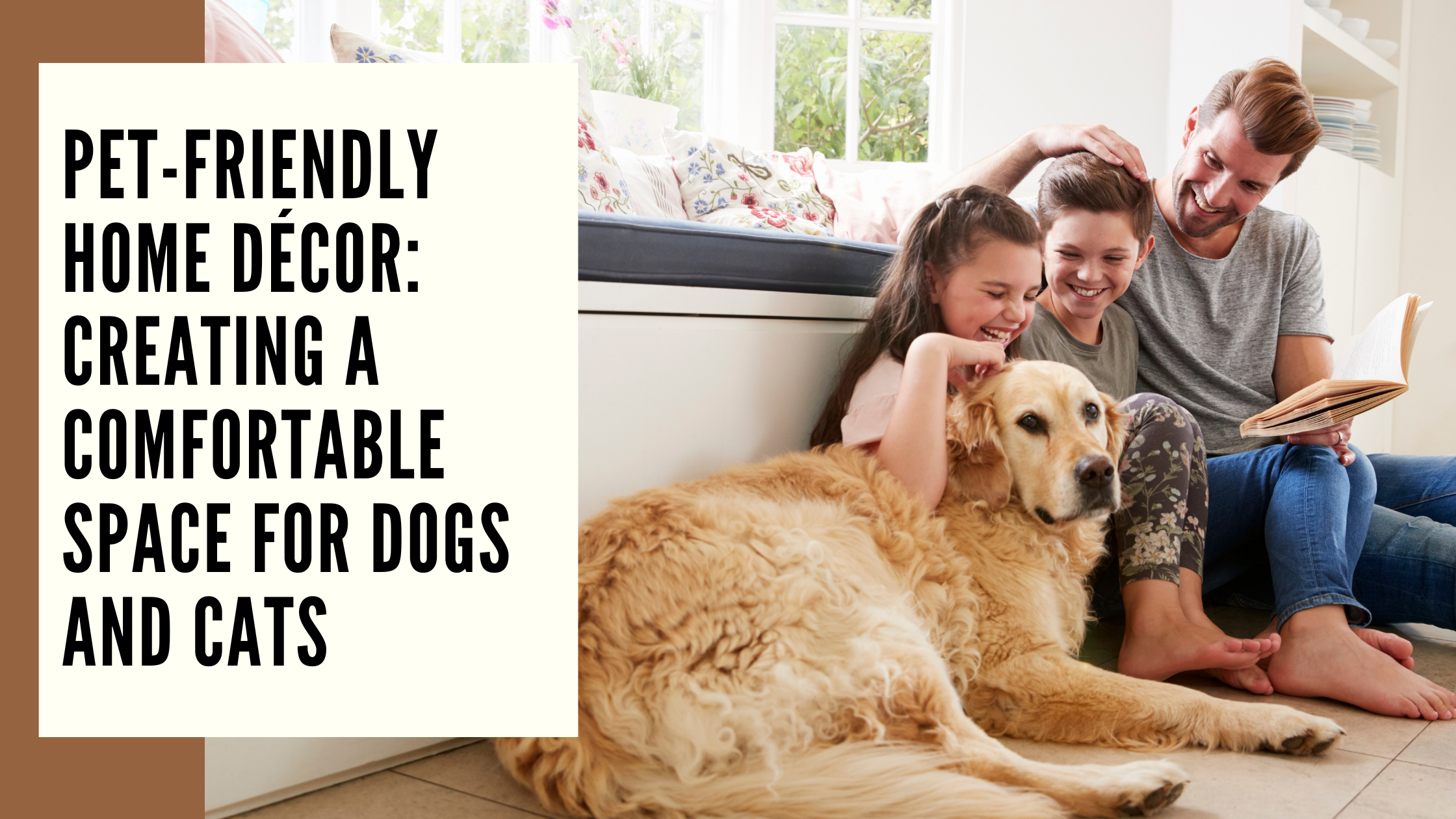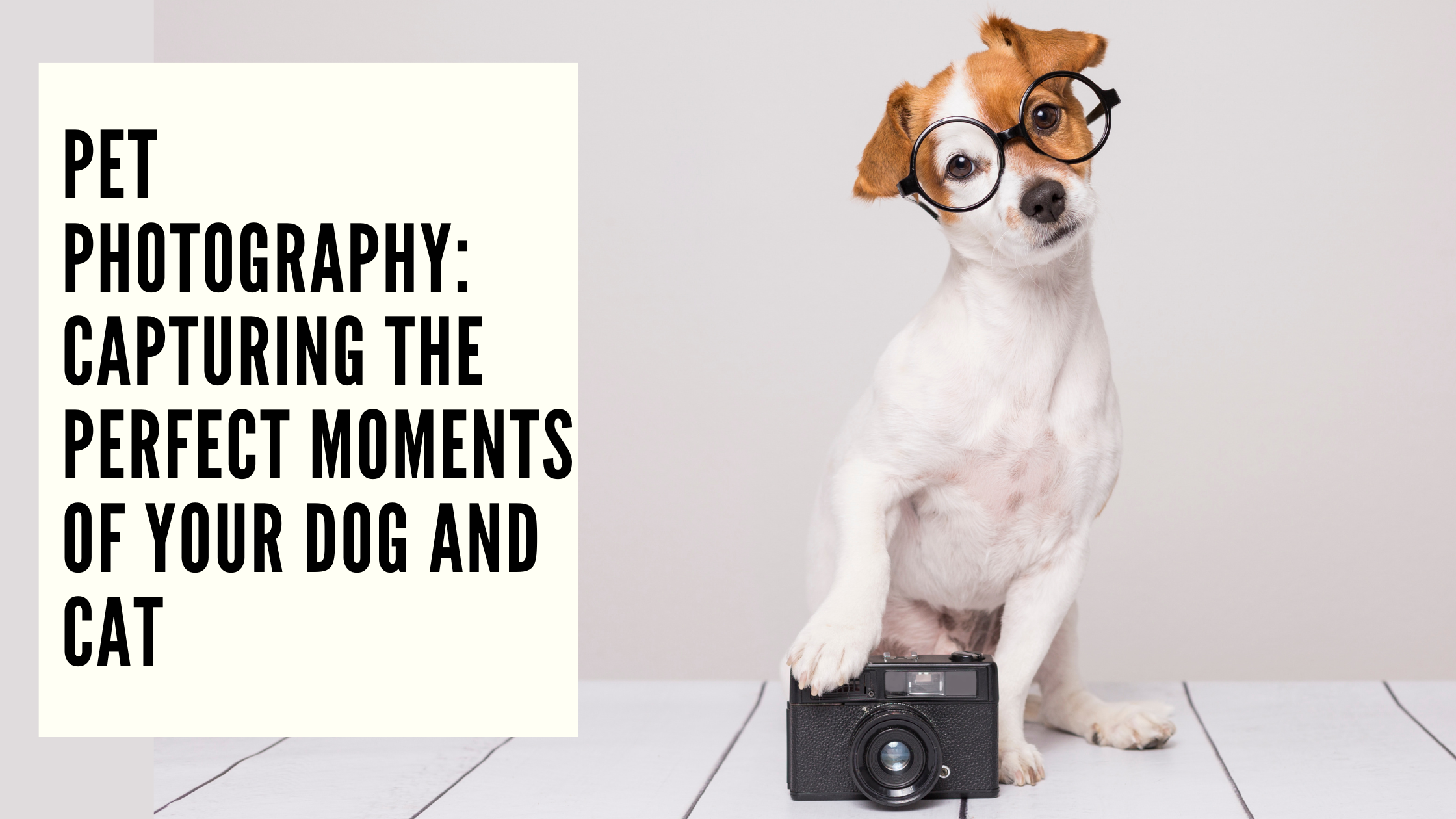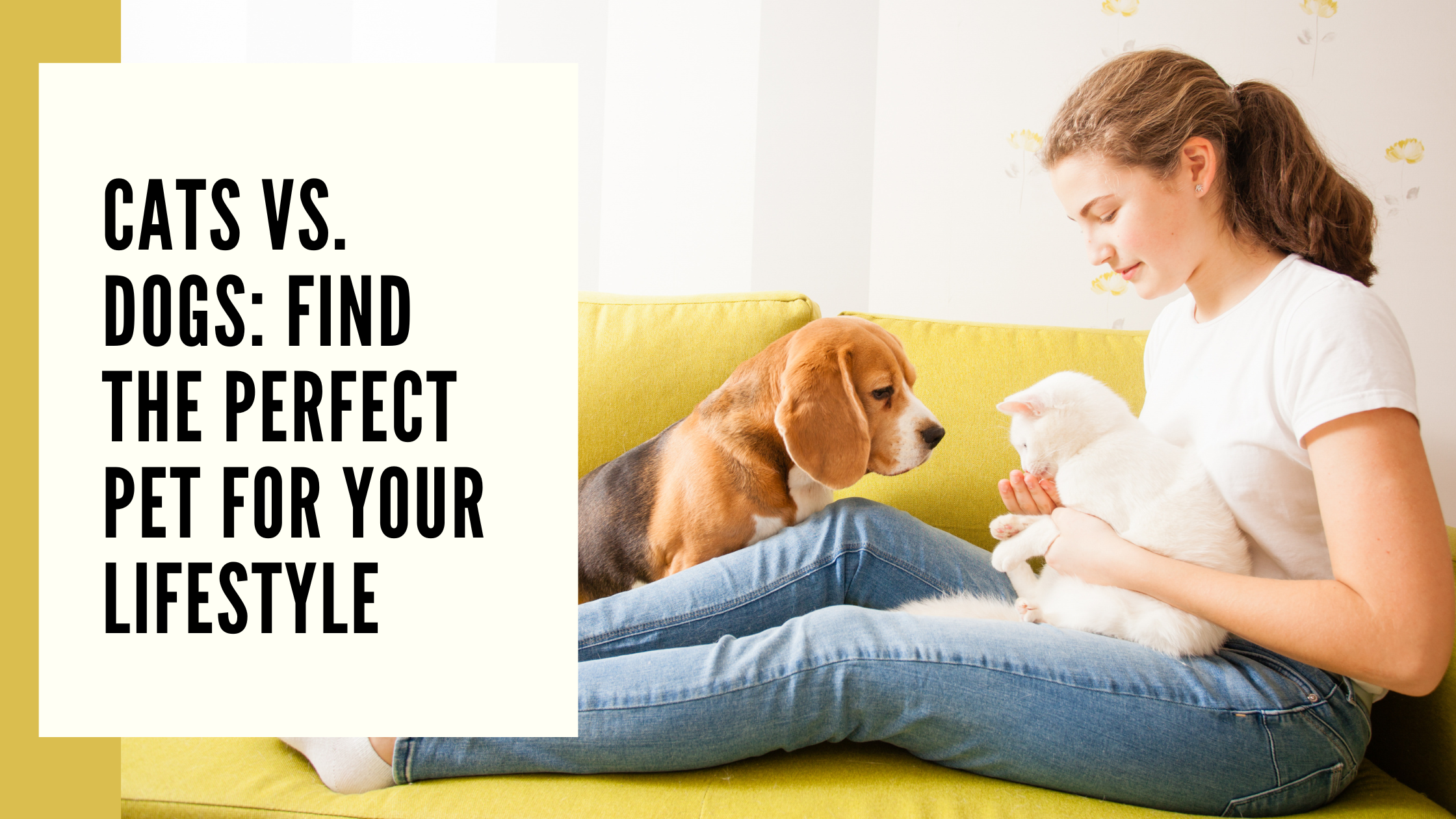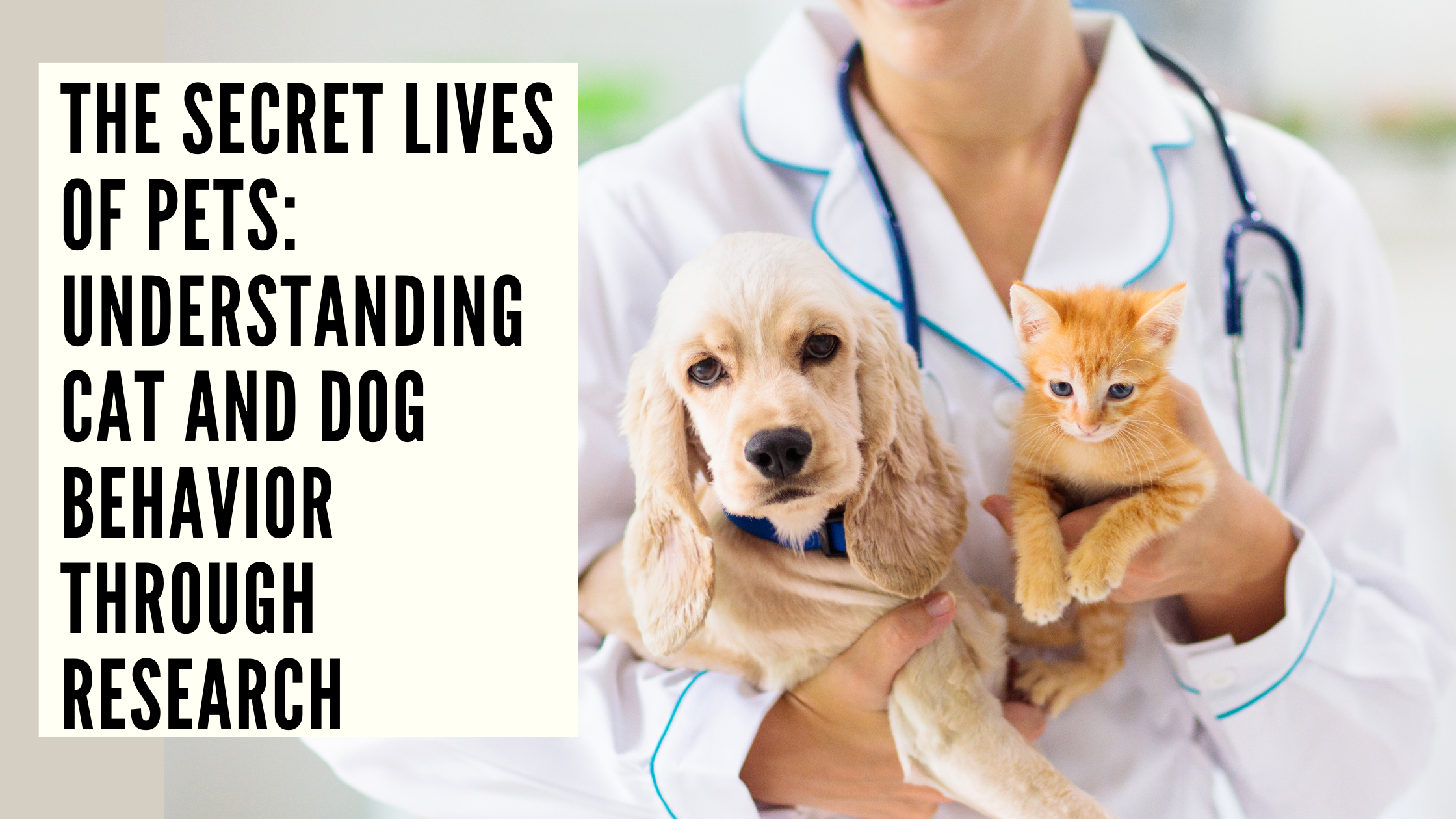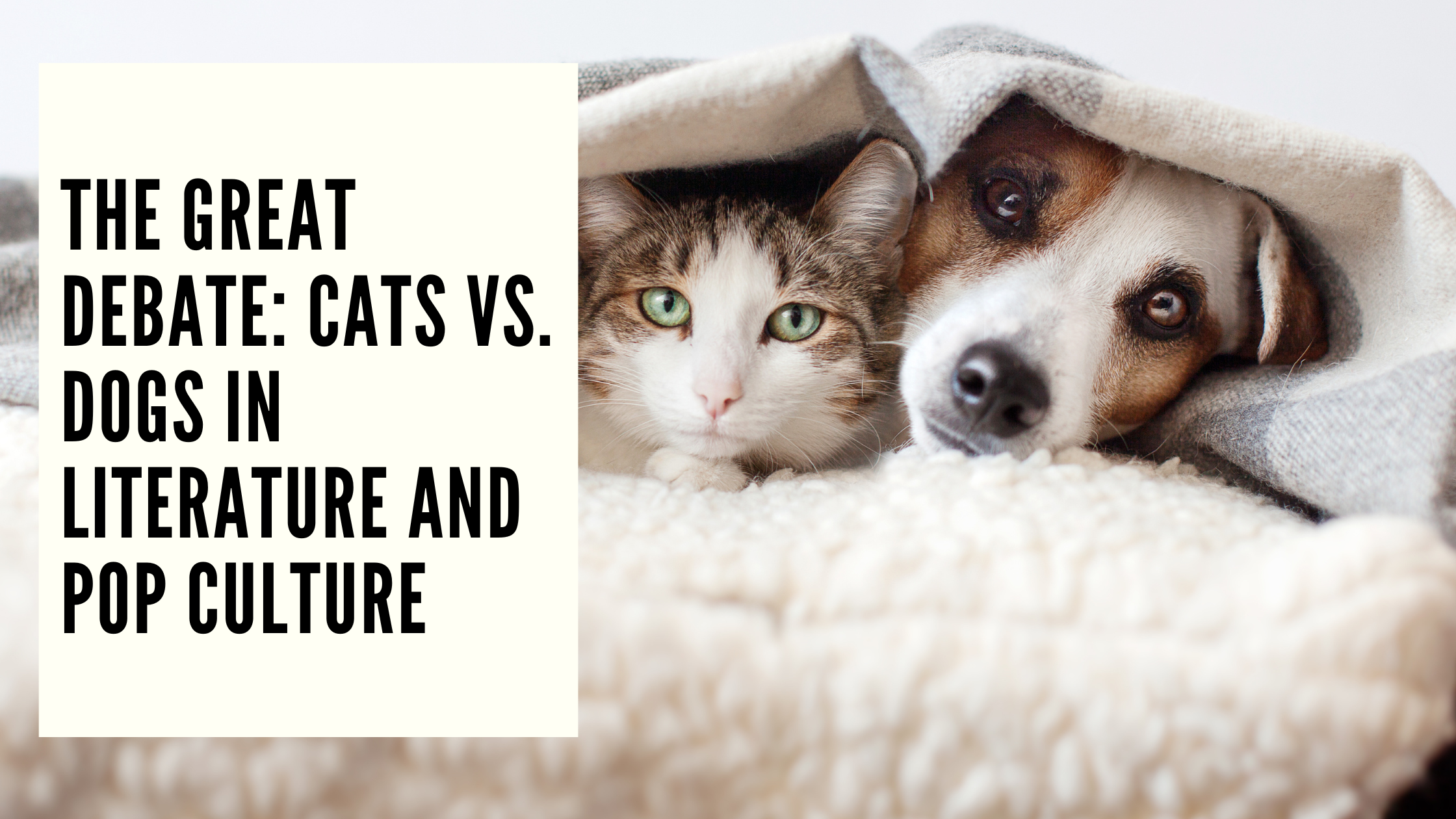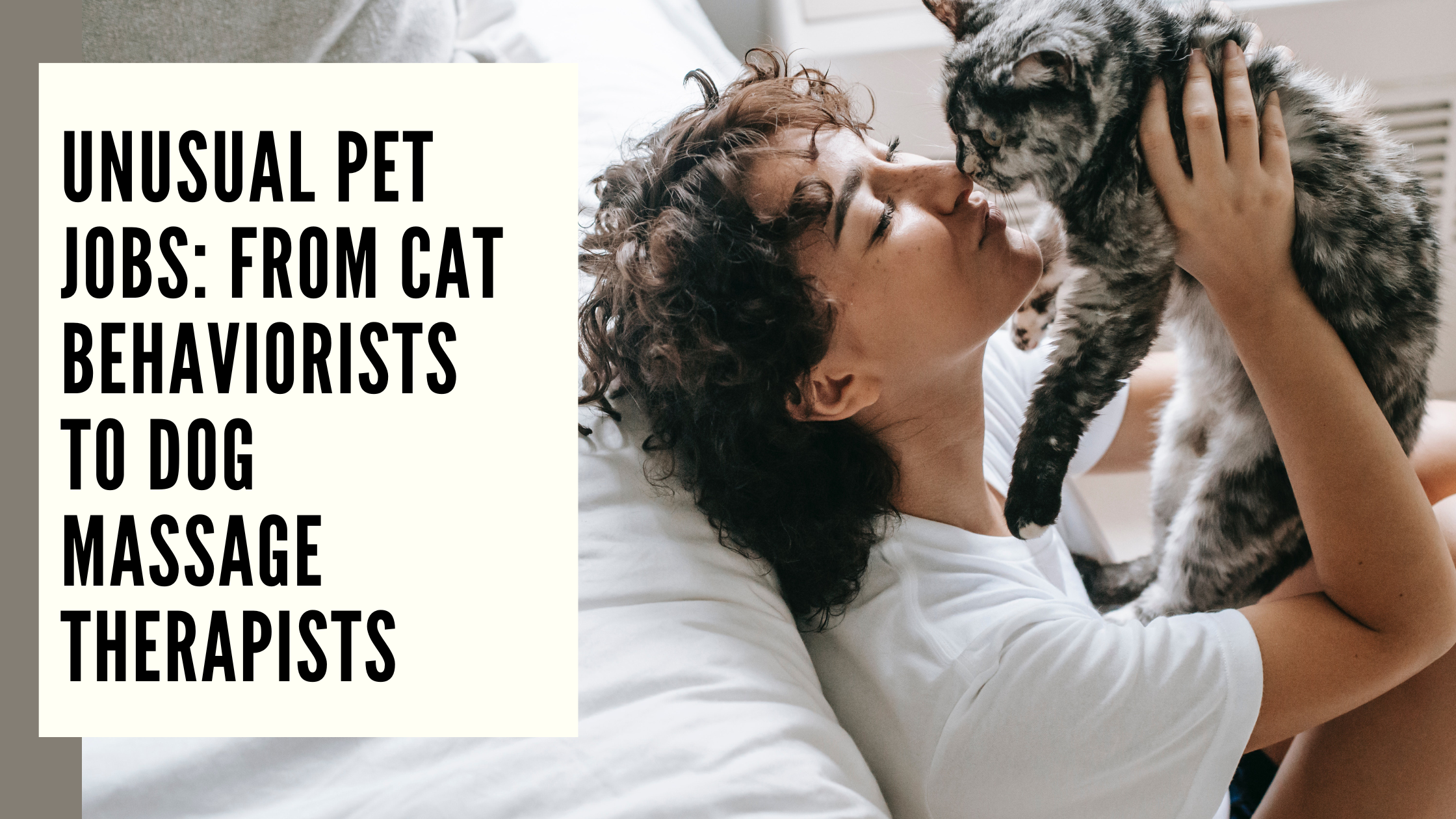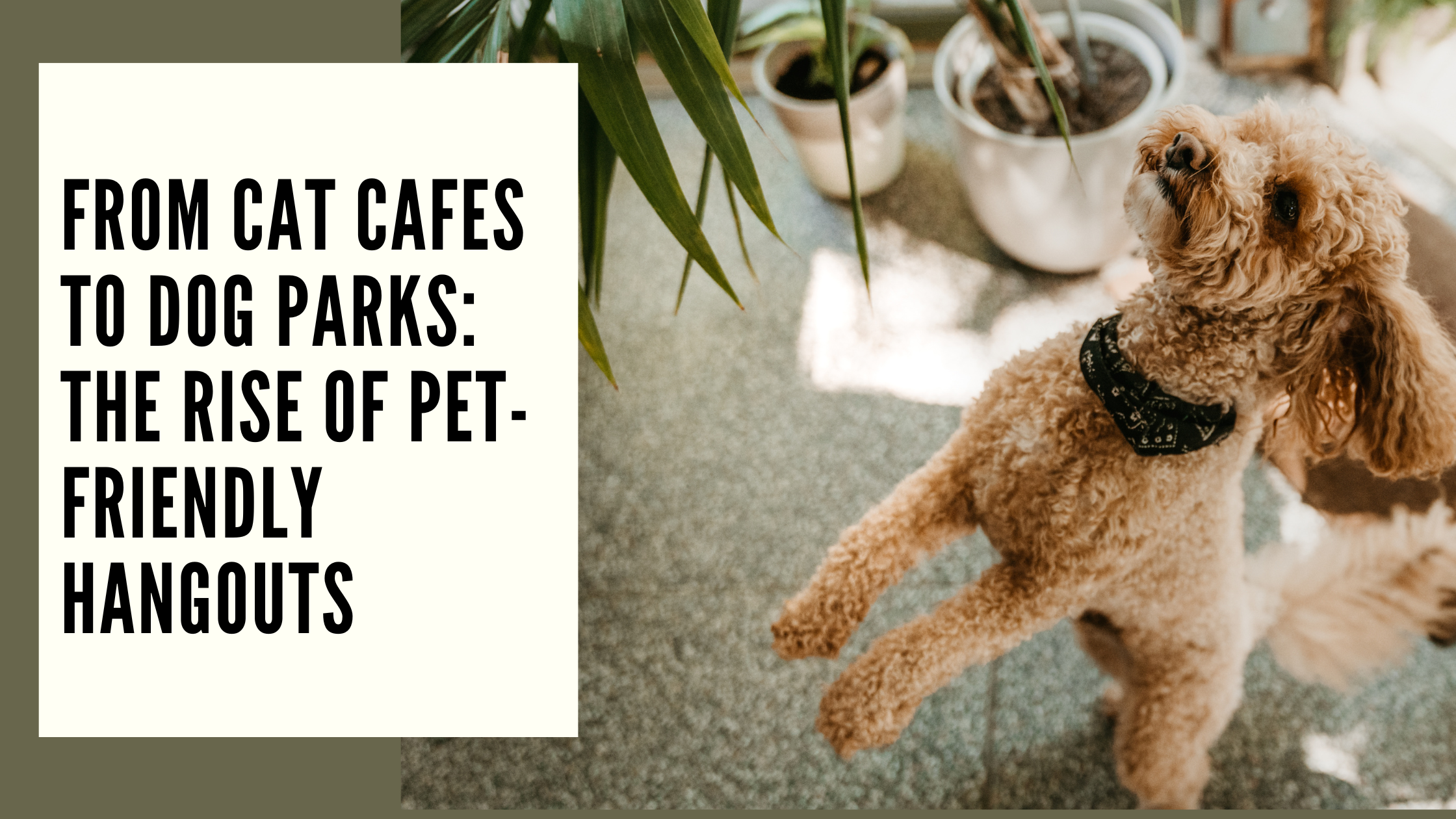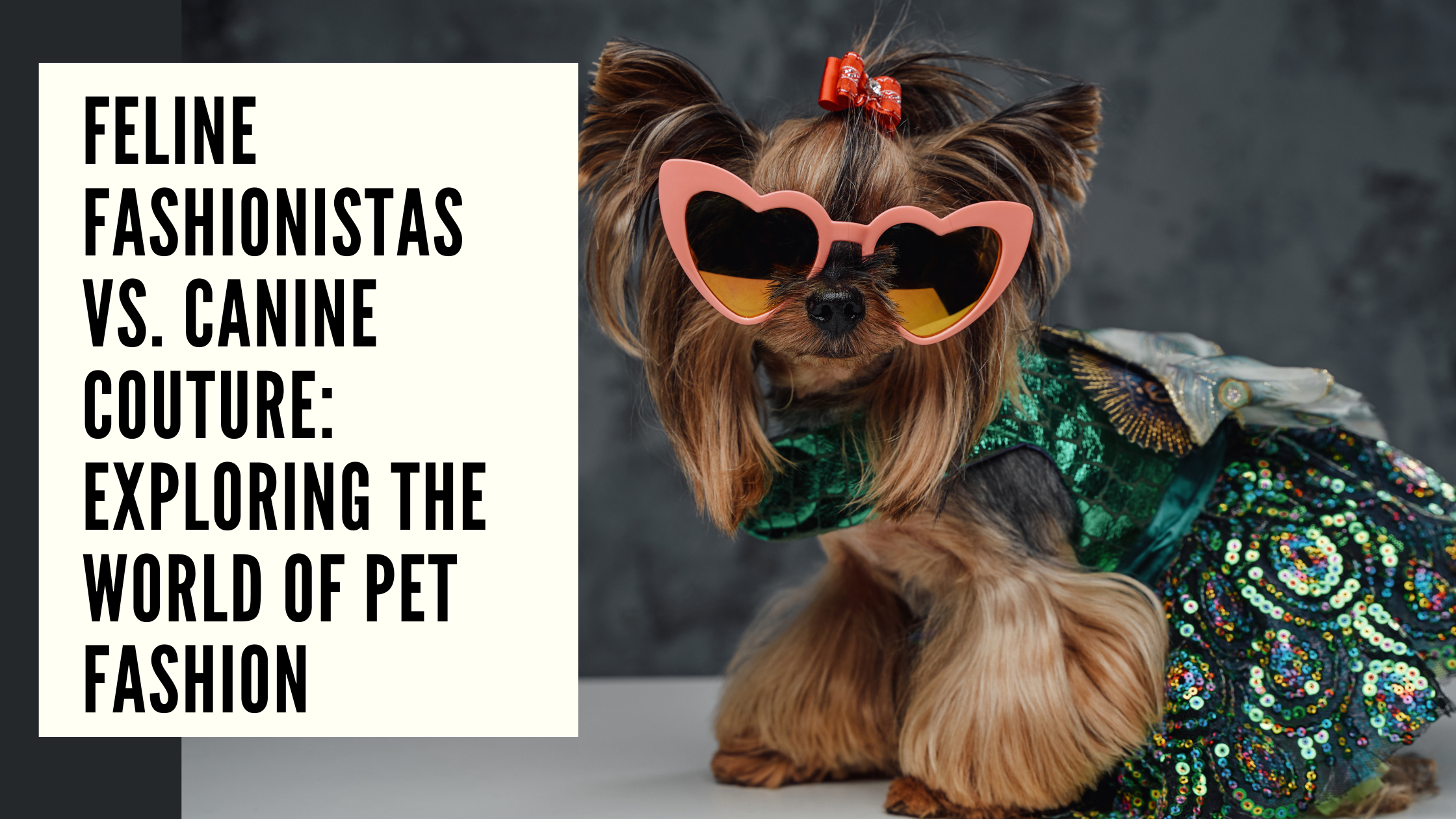Training Techniques: Teaching Your Dog and Cat New Tricks
Training your pets is not just about teaching them cute tricks to show off at parties. It plays a crucial role in ensuring their overall well-being, strengthening your bond, and making your life together more enjoyable. Whether you have a playful puppy, a curious kitten, or an older pet, training is a rewarding experience for both you and your furry friend.
Understanding Your Pet’s Behavior
Before diving into training techniques, it’s important to understand the fundamental differences in behavior between dogs and cats. Dogs are typically more eager to please and respond well to commands, whereas cats are more independent and might require different motivational strategies.
Differences Between Dogs and Cats
Dogs are pack animals with a natural inclination to follow a leader. They thrive on structure and clear expectations. On the other hand, cats are solitary hunters by nature and can be more aloof. This doesn’t mean cats can’t be trained—it just requires a different approach.
Reading Body Language
Understanding your pet’s body language is essential for effective training. Look for signs of stress or discomfort, such as flattened ears or a tucked tail in dogs, and a twitching tail or flattened ears in cats. Positive body language, like a wagging tail or relaxed posture, indicates your pet is ready to learn.
Basic Principles of Pet Training
Training any pet requires a few fundamental principles: positive reinforcement, consistency, and proper timing. These principles ensure that your pet understands what is expected and is motivated to comply.
Positive Reinforcement
Positive reinforcement involves rewarding your pet for good behavior. This can be in the form of treats, praise, or playtime. The key is to immediately reward the desired behavior so your pet makes a clear connection between the action and the reward.
Consistency and Patience
Consistency is crucial. Make sure everyone in the household uses the same commands and rewards the same behaviors. Training takes time, and patience is essential. Some pets learn quickly, while others may take longer to grasp new concepts.
Timing of Rewards
Timing is everything in pet training. Rewards should be given immediately after the desired behavior to reinforce the connection. Delayed rewards can confuse your pet and make training less effective.
Essential Tools for Training
Having the right tools can make training more efficient and enjoyable for both you and your pet. Here are some essentials:
Clickers
Clicker training is a popular method that uses a small device to make a clicking sound, followed by a reward. The click sound marks the exact moment your pet performs the desired behavior, making it easier for them to understand what you want.
Treats and Rewards
High-value treats are a powerful motivator. Choose something your pet loves but doesn’t get often. For dogs, small pieces of chicken or cheese work well. For cats, try bits of tuna or special cat treats.
Training Leashes and Collars
For dogs, a good training leash and collar can help manage behavior and ensure safety during walks and training sessions. For cats, a harness is usually more comfortable and secure than a collar.
Training Techniques for Dogs
Training your dog can be a fun and fulfilling experience. Here are some basic and advanced techniques to get you started:
Basic Commands: Sit, Stay, Come
Start with basic commands. To teach “sit,” hold a treat above your dog’s nose and move it back over their head. As they follow the treat, their bottom will naturally lower into a sitting position. Say “sit” and reward them. For “stay,” have your dog sit, then open your palm towards them and say “stay.” Take a step back and if they stay, reward them. For “come,” call your dog’s name followed by “come,” and reward them when they obey.
Leash Training
Leash training helps prevent pulling and makes walks more enjoyable. Start by letting your dog wear the leash around the house to get used to it. Practice walking with them, rewarding calm behavior and gentle pulling on the leash if they start to pull ahead.
Housebreaking
Housebreaking is essential for indoor living. Establish a regular feeding schedule and take your dog outside frequently, especially after eating, drinking, or waking up. Reward them immediately after they eliminate outside.
Advanced Tricks: Roll Over, Play Dead
Once your dog masters basic commands, you can move on to fun tricks. To teach “roll over,” have your dog lie down, then hold a treat near their nose and move it in a circular motion. As they follow the treat, they will roll over. For “play dead,” have them lie down, then gently roll them onto their side while saying “play dead,” and reward them.
Training Techniques for Cats
Training cats can be a bit more challenging, but it’s definitely possible with the right approach and patience.
Basic Commands: Sit, Come
To teach a cat to sit, hold a treat above their head and move it back, similar to how you would with a dog. When they sit, reward them immediately. For “come,” use a clicker or a specific sound to call your cat, and reward them when they approach.
Litter Training
Most cats naturally use a litter box, but some may need guidance. Place them in the litter box after meals or naps and gently scratch the litter. Praise and reward them when they use the box correctly.
Leash Training for Cats
Leash training a cat requires patience. Start by letting them get used to wearing a harness indoors. Gradually introduce the leash, and practice walking around the house. Once they are comfortable, you can try short outdoor walks in a safe area.
Fun Tricks: High Five, Fetch
To teach a high five, hold a treat above your cat’s head. When they reach up with a paw, give the command “high five” and reward them. For fetch, use a lightweight toy that your cat likes. Throw the toy and when they bring it back, reward them. Repeat the process.
Common Challenges and Solutions
Training isn’t always smooth sailing. Here are some common challenges and how to overcome them:
Dealing with Stubborn Pets
Some pets are more stubborn than others. For these pets, keep training sessions short and fun. Use high-value treats and be patient. Sometimes, taking a break and trying again later can help.
Addressing Fear and Anxiety
If your pet shows signs of fear or anxiety, take things slow. Use a calm, soothing voice and create a positive training environment. If the fear persists, consult a professional trainer or veterinarian.
Overcoming Distractibility
Pets can be easily distracted, especially in new environments. Start training in a quiet, familiar place and gradually introduce distractions as they become more confident. Always bring their focus back to you with treats or a favorite toy.
Creating a Training Schedule
A consistent training schedule helps reinforce good behavior and ensures regular practice.
Short and Frequent Sessions
Keep training sessions short, around 5-10 minutes, and repeat them several times a day. This keeps your pet engaged and prevents frustration.
Balancing Training with Play
Incorporate playtime into training to keep it fun. Use toys and games as rewards and make sure your pet has time to relax and enjoy themselves.
The Role of Socialization
Socialization is a key part of training, helping your pet become well-adjusted and confident.
Importance of Socializing Pets
Socialized pets are less likely to develop behavioral problems. They are more comfortable in new environments and around other animals and people.
Techniques for Socializing Dogs
Expose your dog to different people, places, and experiences. Arrange playdates with other dogs and take them to pet-friendly locations. Reward calm and friendly behavior.
Techniques for Socializing Cats
Cats need socialization too. Introduce them to new people gradually and provide a safe space for them to retreat if they feel overwhelmed. Use treats and toys to create positive associations with new experiences.
Using Technology in Training
Modern technology can enhance your training efforts.
Training Apps
There are various apps available that offer training tips, track progress, and provide reminders for training sessions. These can be a great resource for new pet owners.
Smart Collars and Trackers
Smart collars and trackers can monitor your pet’s activity levels, health, and location. Some models even offer training features, like remote-controlled vibrations to reinforce commands.
Training Older Pets
Older pets can learn new tricks too. Adjust your techniques to accommodate their needs.
Adjusting Techniques for Senior Pets
Senior pets might have physical limitations, so modify training exercises to be gentler. Use softer treats and ensure sessions are not too strenuous.
Benefits of Continued Learning
Continued training keeps older pets mentally stimulated and can help prevent cognitive decline. It also strengthens the bond between you and your pet.
Health and Safety Considerations
Always prioritize your pet’s health and safety during training.
Recognizing Signs of Stress
Watch for signs of stress, such as excessive panting, hiding, or aggressive behavior. If your pet shows these signs, take a break and try to identify the cause.
Ensuring Physical Safety During Training
Ensure the training environment is safe. Remove any hazards and use appropriate equipment, such as secure leashes and harnesses, to prevent accidents.
Training Multiple Pets
Training multiple pets can be challenging but rewarding.
Techniques for Group Training
Train pets individually at first, then gradually bring them together for group sessions. Use separate commands and rewards to avoid confusion and competition.
Managing Competition and Aggression
Monitor interactions closely to prevent aggression. Use positive reinforcement to reward calm and cooperative behavior. Separate pets if tensions rise and resume training later.
The Impact of Diet on Training
Nutrition plays a significant role in your pet’s behavior and learning ability.
Nutrition and Behavior
A balanced diet ensures your pet has the energy and focus needed for training. Poor nutrition can lead to behavioral issues and decreased learning ability.
Using Food as a Motivator
Use high-value treats as motivators. Ensure they are healthy and don’t exceed your pet’s daily caloric intake to avoid weight gain.
Conclusion
Training your dog or cat is a rewarding journey that strengthens your bond and enhances your pet’s well-being. By understanding their behavior, using positive reinforcement, and being consistent, you can teach your pets new tricks and commands effectively. Remember to be patient and make training a fun and enjoyable experience for both you and your furry friend.
You May Also Like : Successfully Training Your Dogs
FAQs
1. How long does it take to train a dog or cat?
The time it takes to train a pet varies. Some pets learn basic commands in a few weeks, while others may take several months. Consistency and patience are key.
2. What is the best age to start training my pet?
It’s best to start training as early as possible, ideally when your pet is a few months old. However, older pets can still learn new tricks with the right approach.
3. Can old pets learn new tricks?
Yes, older pets can learn new tricks. Adjust your training techniques to accommodate their physical abilities and be patient.
4. What if my pet doesn’t respond to training?
If your pet isn’t responding, try changing your approach. Use different rewards, shorter sessions, or consult a professional trainer for advice.
5. How often should I train my pet?
Short, frequent training sessions are most effective. Aim for 5-10 minutes, several times a day, to keep your pet engaged and reinforce learning.
